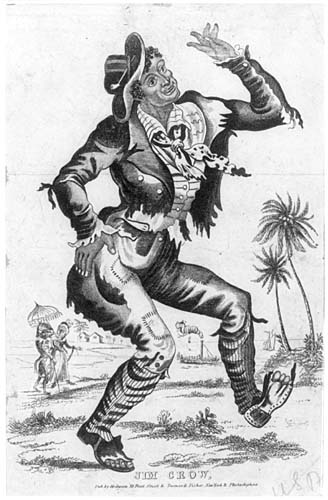Venue Type & Location
Pleasure Gardens
Overview
Beth Marquis
Troupes at White Conduit Gardens
| Film | Affiliated people | Film Type | # of event(s) |
|---|---|---|---|
| Ethiopian Harmonists (White Conduit, 47) | Minstrel | Definite Ethiopian Harmonists (White Conduit, 47) | |
| Ethiopians (White Conduit Gardens, June 48) | Minstrel | Definite Ethiopians (White Conduit Gardens, June 48) | |
| Jones, a Negro Melodist | Jones (minstrel), | Minstrel | Definite Jones, a Negro Melodist |
Events at White Conduit Gardens
| Event | Date | Venue Location | Film |
|---|---|---|---|
| Variety | - | London, London (city-county) | Ethiopians (White Conduit Gardens, June 48) |
| Variety | - | London, London (city-county) | Jones, a Negro Melodist |
| Variety | - | London, London (city-county) | Jones, a Negro Melodist |
| Variety | - | London, London (city-county) | Ethiopian Harmonists (White Conduit, 47) |
Bibliographic Sources
- Lloyd's Weekly London Newspaper June 18, 1848: 10: 3.
- London: The Library Association, 1970p.256.
- (Under Entertainment - Gardens & Spas - White Conduit House)
- London: Cassell, Petter, Galpin & Co., 1881
“On the east side of Penton Street formerly stood that celebrated Cockney place of amusement, ‘White Conduit House.’ The original tavern was erected in the reign of Charles I., and the curious tradition was that the workmen were said to have been regaling themselves after the completion of the building the very hour that King Charles's head fell at the Whitehall scaffold. In 1754, ‘White Conduit House’ was advertised as having for its fresh attractions a long walk, a circular fish-pond, a number of pleasant shady arbours, enclosed with a fence seven feet high, hot loaves and butter, milk direct from the cow, coffee, tea, and other liquors, a cricket field, unadulterated cream, and a handsome long room, with ‘copious prospects and airy situation.’ […]
An old drawing of 1731 represents White Conduit House as a mere tall building, with four front windows, a gable roof, a side shed, and on the other side the conduit itself. On either hand stretched bare sloping fields and hedge-rows.
The anonymous writer of the ‘Sunday Ramble,’ 1774’ describes the place as having boxes for tea, cut into the hedges and adorned with pictures; pleasant garden walks, a round fish-pond, and two handsome tea-rooms. Later the fish-pond was filled up, and an Apollo dancing-room erected. In 1826, a ‘Minor Vauxhall’ was established here, and the place became somewhat disreputable. […]. About 1827 archery was much practised; and in 1828 the house was rebuilt with a great ball-room and many architectural vagaries. […] (279-81). - (Under Victorian London - Entertainment and Recreation - Gardens and Spas - White Conduit House)

